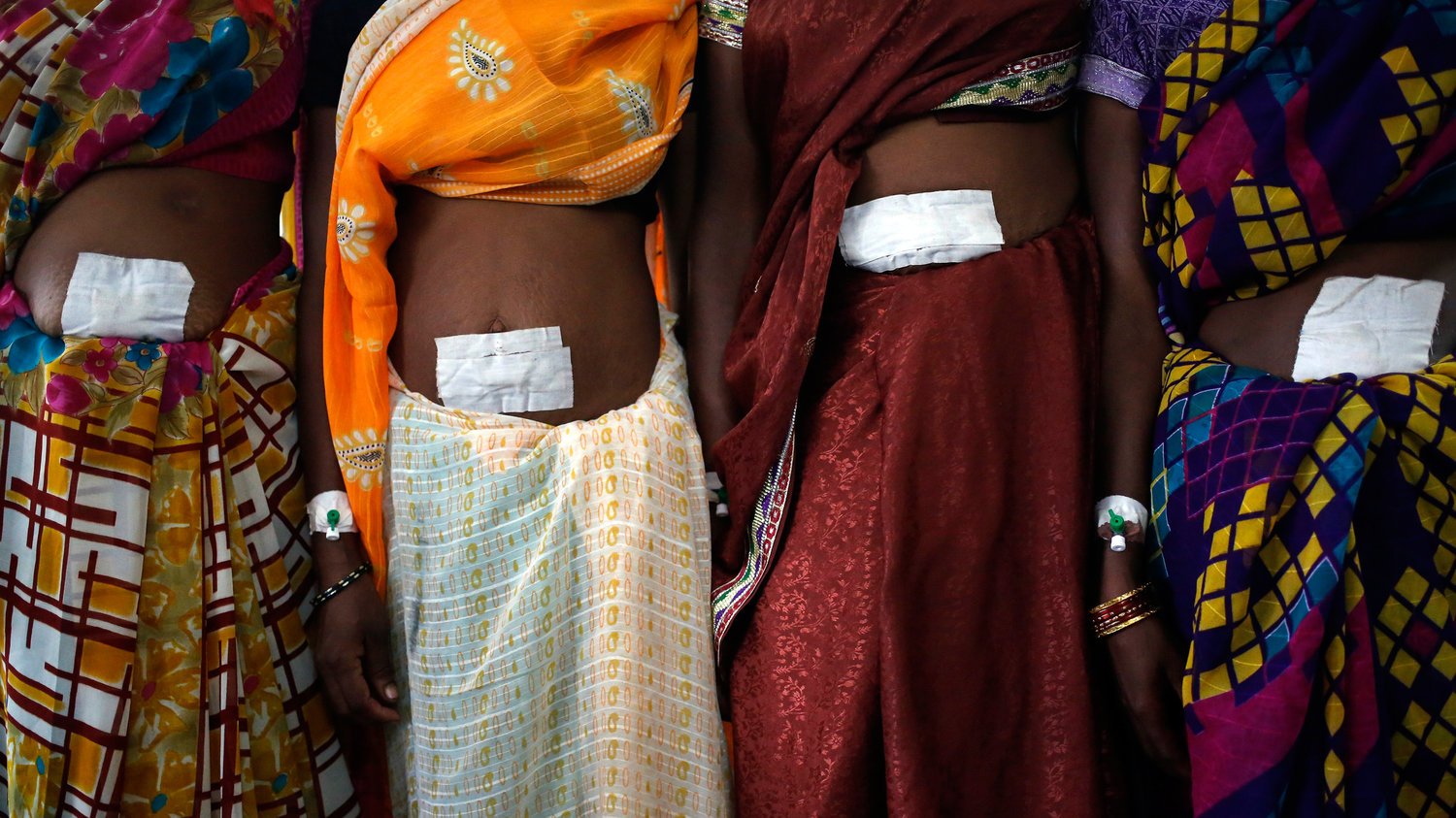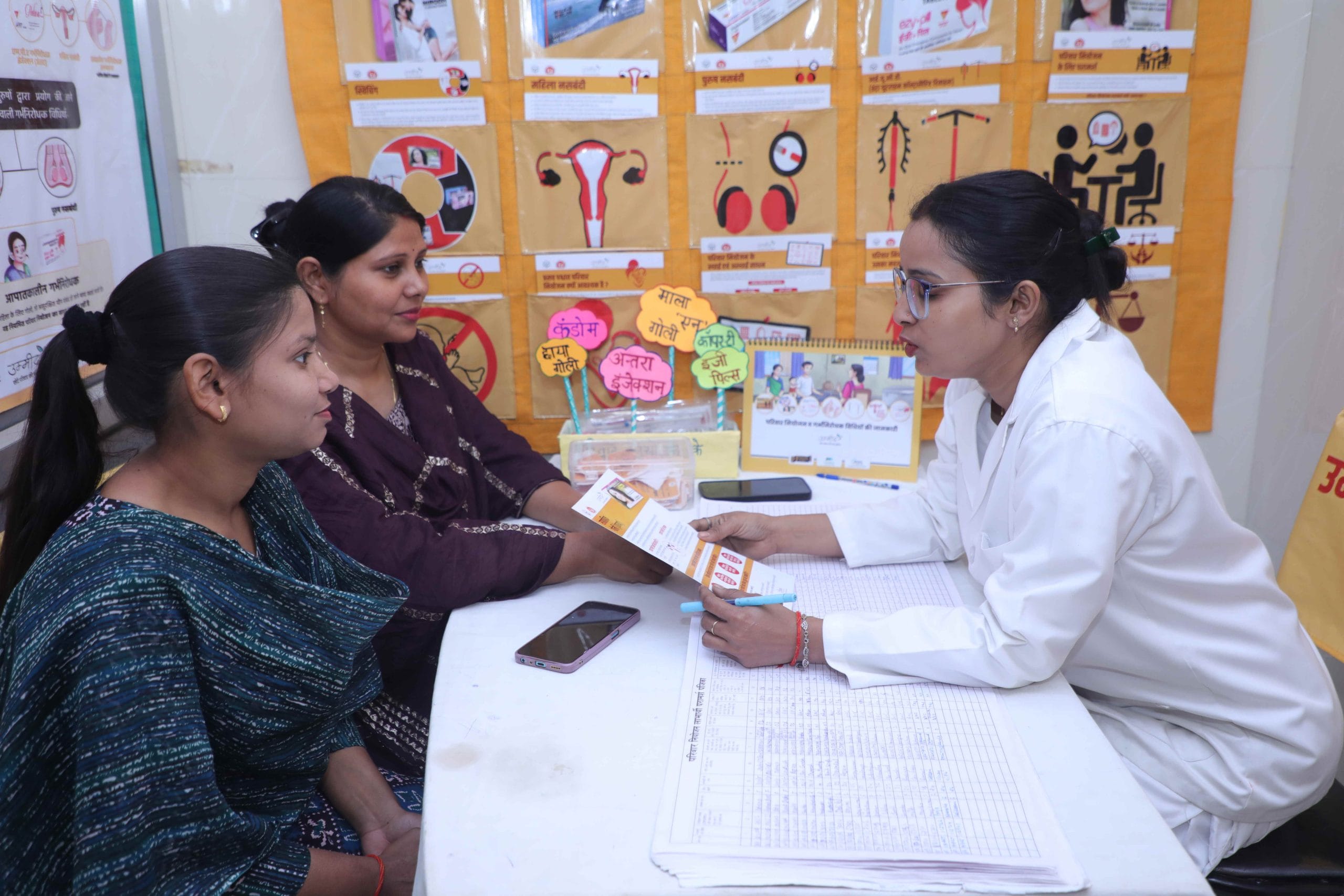In November 2014, a BBC reporter visited one of the sterilisation camps in Bilaspur, Chhattisgarh. The Intensive Care Unit was filled with women who had undergone a sterilisation surgery a couple of days ago. The surgery had taken place in a hospital with dust all over the floor, and cobwebs hanging from the walls. These women were assembled in an operation theatre, with mattresses spread over, where they were lying, before and after the surgery. The entire procedure is supposed to last for at least 25- 30 minutes. “It took only 5 minutes,” one of the patients said. These women reported problems ranging from vomiting to fluctuating bleeding issues- specialists couldn’t say if they were out of danger. Earlier in the year, the same doctor was awarded for his service of performing this surgery on 50,000 people. These sterilisation camps are present all over the country, with similar stories echoing out of them. They are a part of India’s national scheme of combating population growth. India is the first country to have a state-sponsored family planning programme, with a special focus on sterilisation.
In fact, the term ‘family planning’ is also India’s creation in replacement of ‘birth control’. The rationale behind these initiatives is to achieve economic growth through population control. Under Indira Gandhi’s rule in the 1970’s, large-scale sterilisation was carried out focused on men. To achieve quotas, even the childless, poor, young men, were forced to undergo sterilisations. More than 6 million men were sterilised, igniting large-scale protests and the eventual downfall of Gandhi’s rule. The problem with state- sponsored sterilisation comes from its poor- execution and lack of awareness among people. The failure of this initiative led to the discontinuation of the program, only to be reintroduced in 1977. This time the scheme had a change in its structure that ensured it doesn’t meet the fate of discontinuation. This time, the scheme was focused on women.
The problem with state- sponsored sterilisation comes from its poor- execution and lack of awareness among people. The failure of this initiative led to the discontinuation of the program, only to be reintroduced in 1977.
Female sterilisations have become the main focus for India’s family planning programs (now called, ‘family welfare’). 96% of all sterilisations are the ones that women have undergone. In 2012 itself, more than 4.6 million women were sterilised. The invisibilisation of men from family planning has resulted in women bearing the entire responsibility for birth control.
Sterilisations are one of the many options for birth controls. However, in a country like India, wherein contraceptive pills are considered a taboo, and condoms are avoided, along with the lack of men’s responsibility in family planning, women are only left with the option of sterilisations. The lack of awareness and education around birth control also forces women to resort to the easiest option available: sterilisation camps.
Also read: Why Reproductive Rights Must Be Taken More Seriously In India
These camps are set up by the government, making it easy for the women to trust its need, and efficiency. The doctors here perform surgeries within minutes, and the women can go back to their work without putting their daily wages at risk. Moreover, these camps also provide a compensation of Rs. 1,400. A lot of women who don’t have to get sterilised are often forced into it by their families because of this lucrative compensation.
in a country like India, wherein contraceptive pills are considered a taboo, and condoms are avoided, along with the lack of men’s responsibility in family planning, women are only left with the option of sterilisations. The lack of awareness and education around birth control also forces women to resort to the easiest option available: sterilisation camps.
Till date, thousands of women have been hospitalised, put on mechanical ventilators, and even died, because of these sterilisation camps. A relative of one of victims stated that women are “herded like cattle” into these surgeries. When the relatives tried to report it to the authorities, the officials either refused to, or convinced them into not filing a complaint. This lack of efficiency, and accountability of the system has resulted in state-sponsored oppression of women. A documentary highlighting the same issue by Deepa Dhanraj calls it ‘Something Like a War’. What is interesting is that despite these coercive methods, in the last five decades, India has consistently failed in control its population growth rates and is expected to overgrow China.
To take steps towards a safer, and more reliable approach of family planning is to recognise the role of men as well. As per a report by National Family Health Survey, most men believe that contraception is a woman’s business, and they have got to do nothing with it. To counter this, structural changes are required at the societal level. The use of other contraceptive methods such as condoms, pills, etc., have to be encouraged and made accessible to all. Over the last few years, even though there has been a shift from sterilisation to other methods, however, this shift has only been seen in women.
Also read: In Photos: The Many Journeys Of Pregnancy And Pain In India
Men account for a total of 5.9% of the usage of family planning methods (condoms and sterilisations). Family planning in India is important, however, forced sterilisations of women in unregulated camps have failed to serve this purpose. The need is for countrywide efforts like awareness drives, accessible contraceptive methods, and the eradication of social taboo around birth control methods for men and women. Only through such initiatives can the anti- women nature of present- day programmes can be countered and transformed into efficient family planning schemes.
Featured Image Source: National Public Radio




